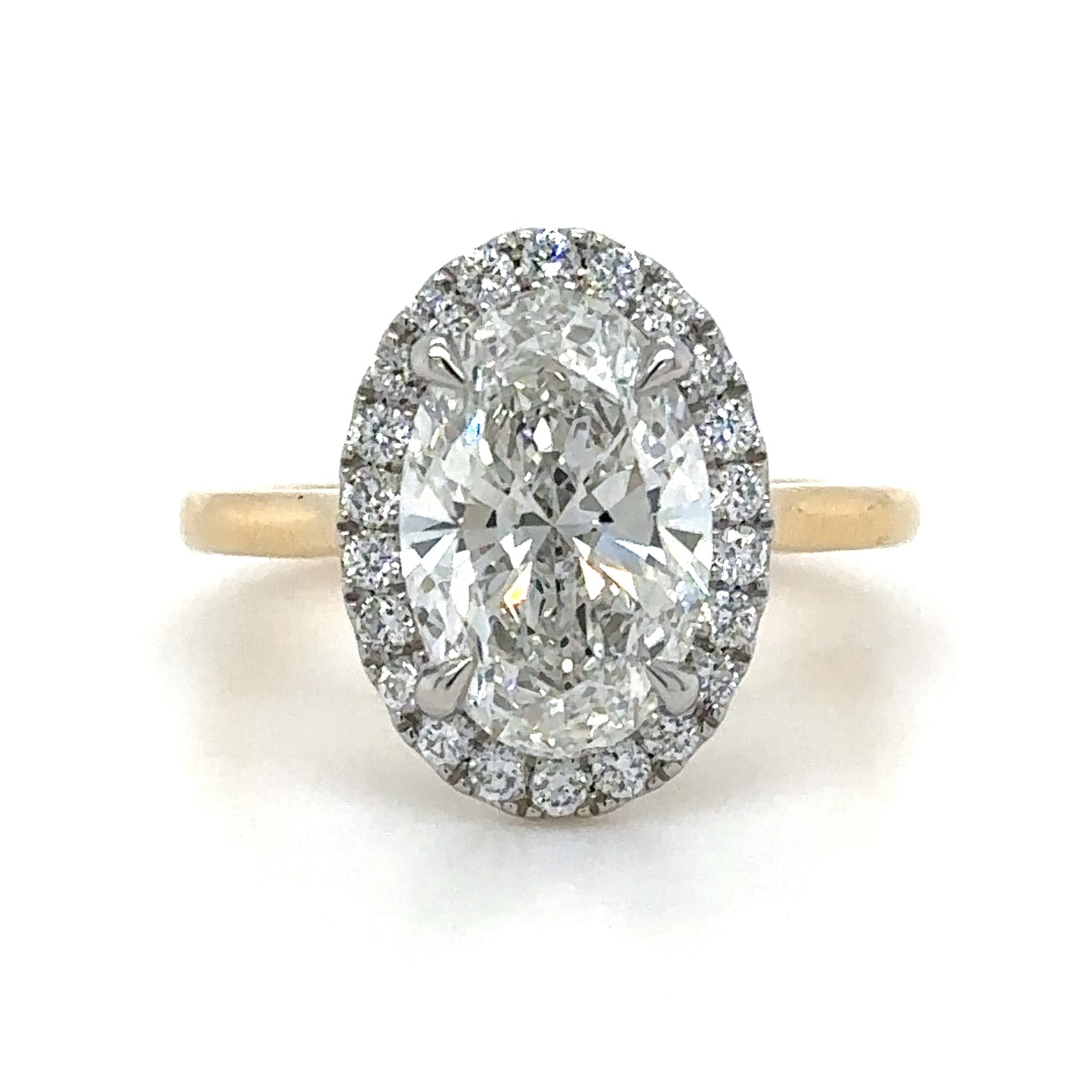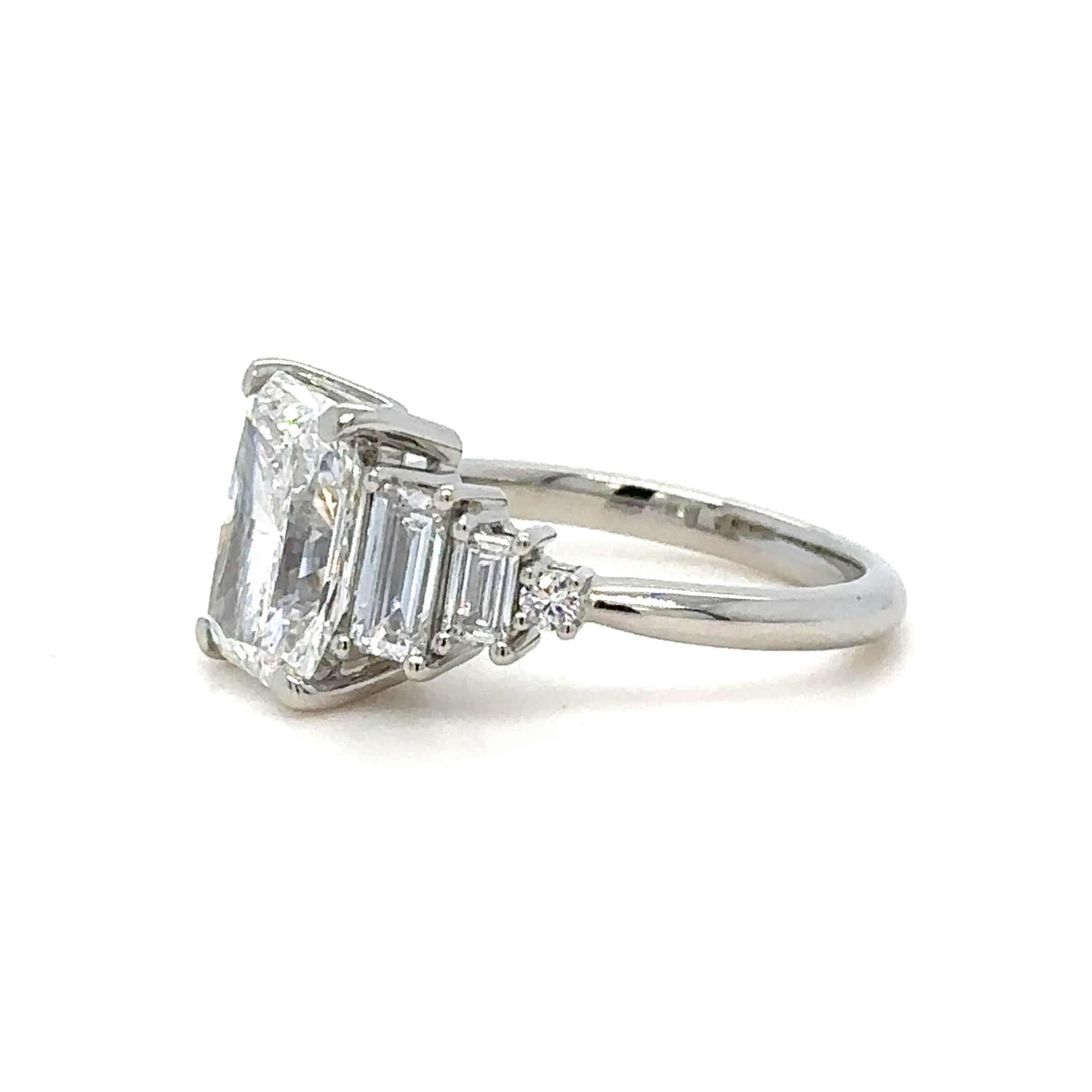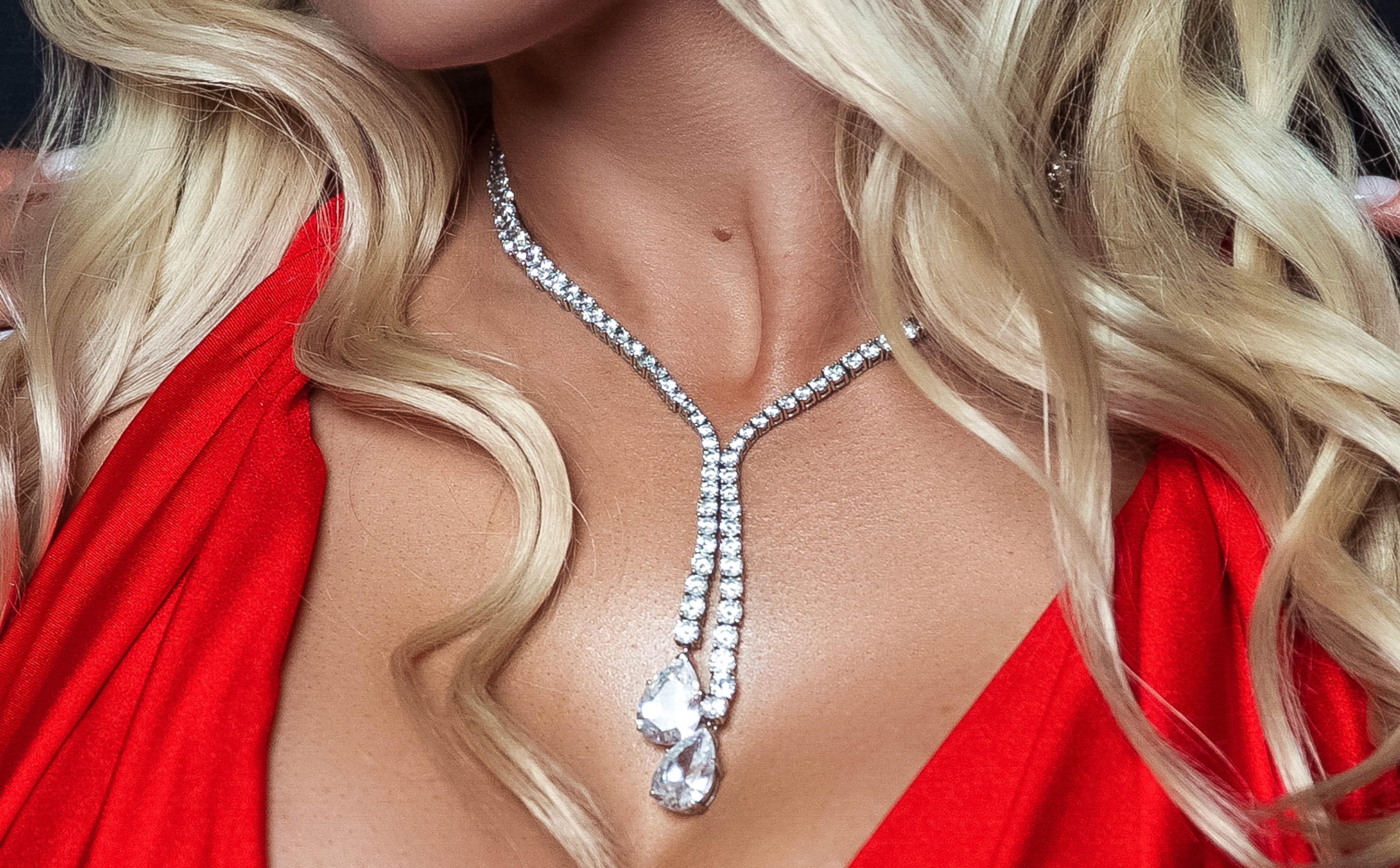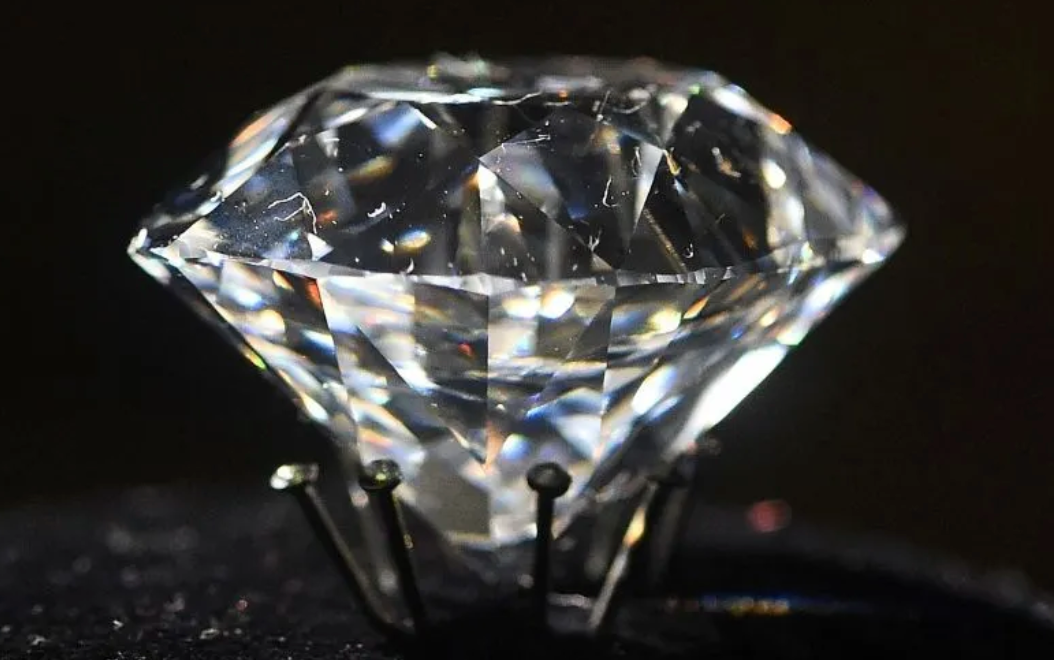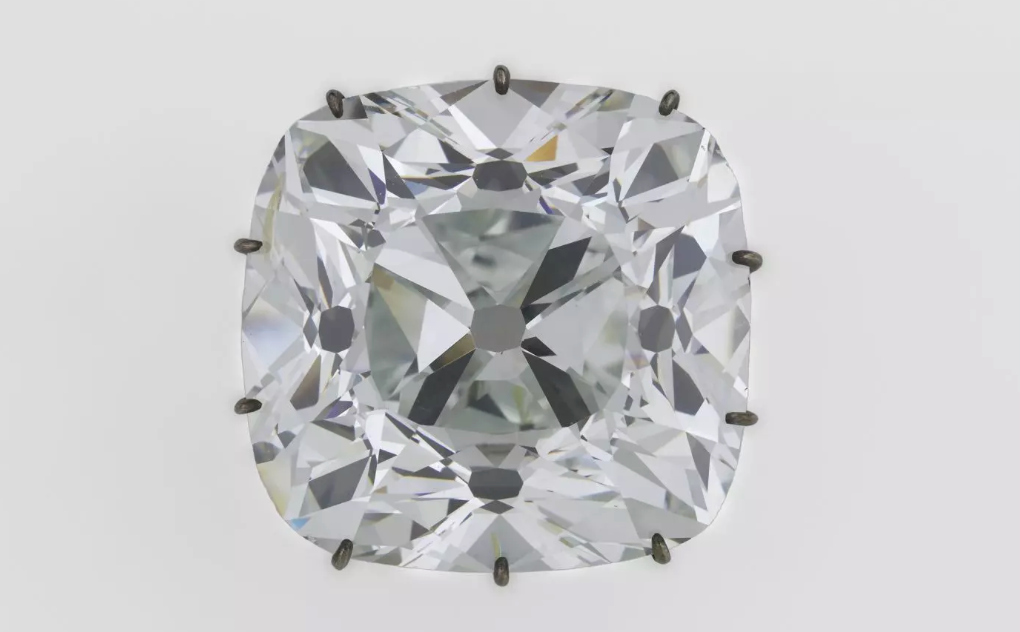
The Regent Diamond
If you are ever fortunate enough to view this diamond in the amazing Louvre, it will be hard to imagine this magnificent jewel inside the leg of a slave and the shoe of a boy crossing a treacherous ocean and the accompanying stories of greed, death, betrayal and theft. Discover the amazing story of this diamond by our team at Cairn Diamonds with a passion for all things gemological:
- Introduction
- The Origins of the Regent
- Thomas Pitt and the Regent Diamond
- The Naming of the Regent
- Appearances and Uses
- Theft and Secrecy
- Where is the Regent Now
Introduction
The Regent Diamond is a 140.64 carat diamond, D colour and cushion shaped. It is an Internally Flawless diamond with a Bluish Fluorescence. It has a rare Type IIa classification (Meaning it has negligible Nitrogen concentration) and is one of the most beautiful and historically significant diamonds in the world. As documented in the 1965 Journal of Gemmology, Vol. IX, No. 11, p 392, this diamond showcases a brilliant-cut design with 40/32 facets. Originally discovered in India, it made its way throughout the hands of Governors, Royals and Nobles through to Leaders of Empires.
The Origins of the Regent

(Pictured- A map of Golconda, Gem-A.)
The birthplace of this magnificent Diamond is from the Golconda region and more specifically, The Kollur Mine, in Andrea Pradesh in India. The locality known for many of the most clear, Type IIa and large diamonds of the ancient world such as the Koh I Noor.
According to legend The Regent was found by a slave in 1698 when there was a siege on Golconda. Seeing an opportunity the slave decided to steal the diamond by hiding it in a large wound in his leg. In its raw uncut state The Regent Diamond was 410 carats. To fit such a stone would have made the laceration at least 3-4 inches wide. So large and precious it would have been fresh from the earth, it is said that the wound was self inflicted, so desperate was the slave to own the diamond.
The slave ran away and made it to the coast. There the legend says he bargained with an English sea captain for safe passage out of India in return for half the value of the diamond. The captain set sail but once at the vast sea then murdered the slave and kept the diamond for himself. And in doing so thus began the bloody journey of the Regent Diamond. Unbeknownst the true value, the sea captain then sold the diamond to a diamond trader called Jamchand.
Thomas Pitt and the Regent Diamond

(Thomas Pitt. Photographed Early 1700's)
Jamchard the Diamond Trader then contacted Thomas Pitt knowing that he had a passion for diamonds. Thomas Pitt, was the then governor of Madras at Fort St.George in India and employed by the British East India Company. Thomas Pitt wrote to his agent in London saying he wanted to buy the diamond on November 6, 1701. He wrote:
"... This accompanies the model of a Stone I have lately seen; it weighs Mang. 303 and carrtt 426. It is of excellent crystalline water without any flaws, except at one end on the flat part, where there are one or two minor imperfections that will be eliminated during cutting, as they lie on the surface of the Stone. The price they ask for it is prodigious, being two hundred thousand pagodas, though I believe less than one hundred thousand would buy it."
In 1702 he did buy the diamond from Jamchand for the equivalent of £20,200 (2024) and smuggled the diamond into England on board a boat called Loyal Cooke in the heel of the shoe of his son Robert.
At this time the diamond was known as the Pitt Diamond. There were rumours that Thomas Pitt had gained the diamond by manipulative means. A satirical moral poem was written by Alexander Pope about the acquisition in his book ‘Moral Essays’
“Asleep and naked as an Indian lay
An honest factor stole a gem away
He pledged it to the Knight, the Knight had wit,
So kept the diamond, and the rogue was bit”
For so much talk had begun, Thomas Pitt put an article in the London Daily Post to Counter the rumours that he had stolen the gem.
In England the diamond was cut in to a 140.64 carat diamond and this took 2 years to do by an expert diamond cutter called Harris. At the time diamond cutting had far fewer numbers than it did today and was only entrusted to the most famous of the specialists, such a task cost Thomas Pitt £5000 in the early 1700's. Several other diamonds were created/ discovered when this diamond was cut that Thomas Pitt sold to Philippe d’Orleans. For the rest of his life Thomas Pitt was known as Thomas Diamond Pitt.
How did The Regent get its name?
Thomas Pitt had tried to sell the diamond to King Louis XIV but it was not of his interest to purchase it, likely because the 'Sun King' already had and loved the incredible Hope Diamond with its intrinsic Sun, The French Blue. However in 1715 King Louis XIV died of gangrene leading the way for Pitt to approach the French Monarchy once again.
Philippe d’Orleans became Regent at the death of King Louis XIV to take charge until Louis XV (Louis XIV’s successor) could because at that time, was only 4. In 1717 Pitt sold the diamond to the Regent of France, Philippe d’Orleans where it became one of the magnificent French Crown Jewels, for the price of £135,000 (£25,893,646 in April 2024). The Regent Diamond was then given as a gift and set into the crown of King Louis XV for his coronation in 1722. At this time the Regent, Philippe d’Orleans then became First Minister of State but the Regent Diamond still kept his former title. The Regent Diamond remained a part of the French Crown Jewels until 1792.
King Louis XIV later died, however at his death bed his gist of his famous final words to his 4 year old successor were, "You will be a great King, keep peace with your neighbours and don’t spend."
Famous Appearances and Uses
Many members of the French Monarchy and Later military leaders had worn the Regent Diamond since its entwinement into the French Crown Jewels and was used in many different shining ways. The French Monarchy wore it for state functions, royal weddings and for coronations. A famous example, when Queen Marie-Antoinette used it to decorate a fabulous black hat. Not only in its beauty, but it has played an important role in economic factors too, primarily in the loaning of money related to King Louis XIV's expenditure and preparation of war which was made possible and backed against the value of the diamond.
Later, Napoleon Bonaparte had the Regent set upon his sword - much like the Mughal and Sultan Kings of history- which later had 42 Brilliant Cut Diamonds and a total carat weight of 254 Carats with the famous regent diamond as the crowning jewel within it.

(The Sword of Napoleon Bonaparte. The Regent Damond, the largest of the stones on the hilt/ cross guard.)
Theft and Secrecy
In 1792 riots, during the serious of events of the French Revolution, the French Crown Jewels were a paramount target of starved and disgruntled peoples. Many famous diamonds were stolen during this time, including the Regent Diamond which was stolen along with the Hope Diamond, pillaged amongst other historical riches from the vaults.
Fortunately, the Regent was soon found, hidden within the wooden timbers of an abandoned Paris attic. It was later returned to the ownership of the Crown and future government to continues its journey, not the same for the the Hope Diamond which was not returned to the French and was disguised as a different diamond to hide the crime by cutting it smaller (from 69 carats down to 45.52).
The Regent Diamond was the only one of the French Crown Jewels not to be sold in an 1887 auction by the French government.
Regent Diamond During World War II
With the growing threat of war an invasion, at the start of World War II it was decided that the Diamond should be properly hidden until the threat of War had passed. So the Regent Diamond was hidden very carefully in the plaster behind a marble fireplace in Chateau de Chambord in the Loire Valley until the end of the war where it returned to the stunning halls of the Louvre’s Apollo Gallery, designed and decorated for the Sun King, King Louis XIV by the greatest painters, sculptors and gilders of his day. 200 years later Eugene Delacroix did an incredible painting on the ceiling of “Apollo slaying the serpent python.’ In this gallery there is also a collection of vessels made out of incredible hard stones such as agate, lapis lazuli, jade and crystals, and of course, the French Crown Jewels, a worthy display place for such a grand jewel. And secured from the hands of those which might otherwise like to continue the tale....
Where is The Regent Diamond Now?

It now can be viewed at the Louvre, in the Gallerie D’Apollon, Dennon Wing, 1st floor, room 705. Please check their website before scheduling a visit. It has been there since 1887 except for during World War 2.
How much is the Regent Diamond Worth Today?
In 2015 it was valued at £48 million. It is exceptional in size, weight and beauty. However it is now said to be worth £55 million due to its historical significance and purity.
Search for your own Regent, your own perfect diamond with Cairn Diamonds and contact us today.

